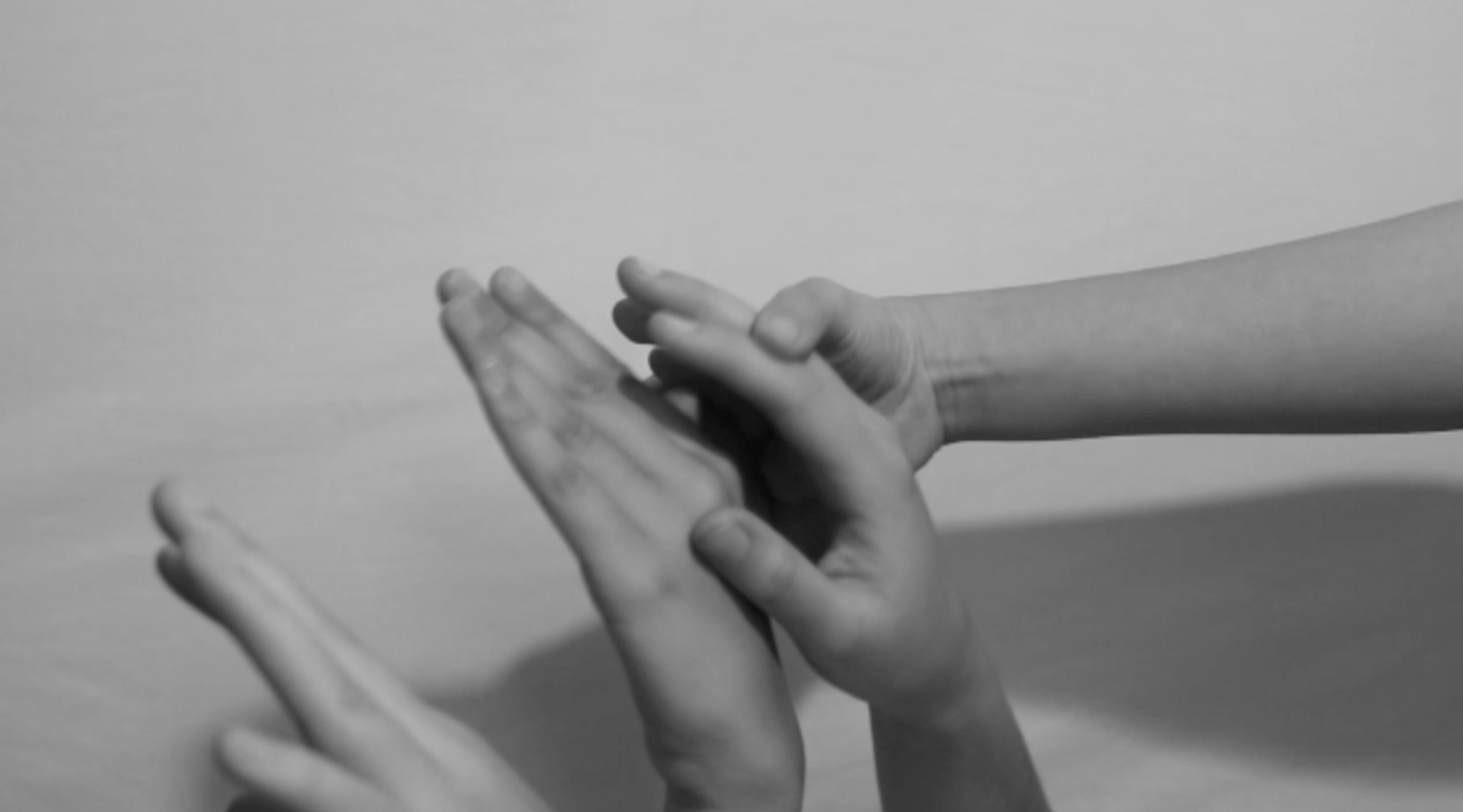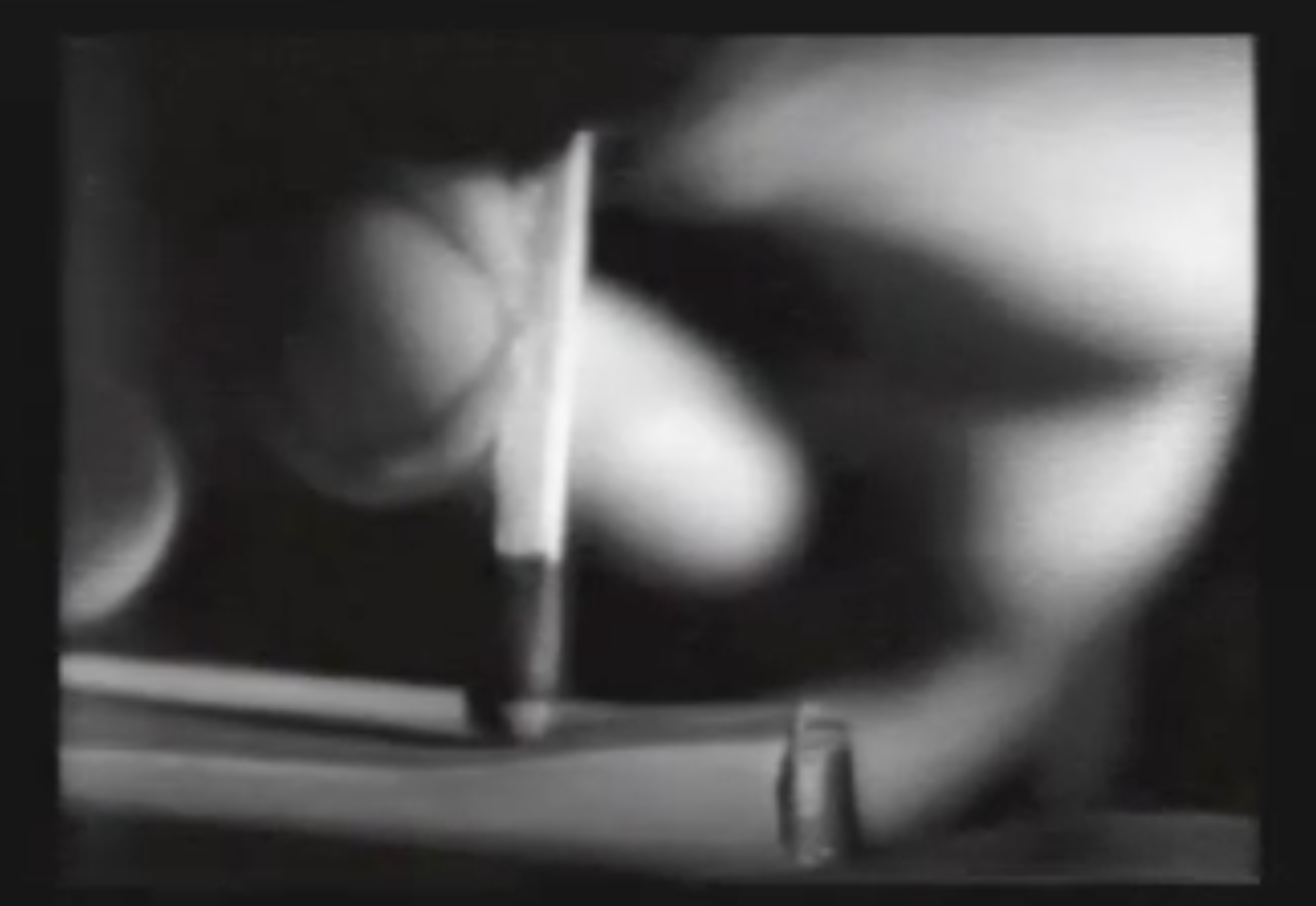Our final project, Place Pattern Flow explores movement and fluidity. It utilises the human body as an instrument to convey pattern and shape reflective of the physical world. The project is an experiential audio visual experience that intends to evoke an emotional reaction from the audience.
Online spaces are diverse and expansive and can allow for media that is specific, seemingly pointless, random, catered, linear, non linear, fiction, non fiction, immersive and interactive. Online spaces take down conventional barriers of media distribution and open a landscape where basically anything can be produced and consumed. In terms of content, our work Place Pattern Flow responds to these possibilities of online spaces. I would consider our final project to be very experimental and unique. It is not narrative driven, rather it is a modular, interactive, multilinear, non fiction exploration of movement, patterns and connections. In my third blog post, I considered the notion of the internet opening up spaces where content can exist for the purpose of “an aesthetic experience” (Miles 2015). Moreover, that the purpose of online documentary can simply be “to express” (Renov 1993) a certain emotion or feeling. Through our project we wanted to create a visual and auditory experience that made the audience feel something. Reflecting on the responses from the Media Presents exhibition, I found that generally people understood the work as a visual and auditory exploration.
In addition to content, what it means to be an audience is also changing through online spaces. The internet can allow for a more intimate audience experience, particularly through the use of interactive media. We utilised the software Korsakow to create our film, which authors contemplative interactive projects with a “multiplicity of relations” (Miles 2014). Online spaces create a landscape where “small scale” (Soar 2014), intimate works can be distributed and appreciated. Our film takes advantage of both the affordances of Korsakow and online interfaces. As a result, audiences can have a personal, intimate experience with our project. The audience can move through the project at their own pace, making visual and auditory connections between the landscapes and patterns. The interactive, multi-linear nature of the work means that each user experience will be unique as they create their own path through the project. Moreover,
Our project is highly web specific due to both its interface and content. The modular fragmented nature of the work makes it inherently web specific. The interface of the project, generated by the software Korsakow, affords a highly modular, fragmented and interactive project. This kind of modularity, the way in which each fragment operates separately yet as a whole creates a project that realistically would not be able to function on a traditional media platform. Moreover, the interactivity of the project also makes it web specific. The way in which the audience is able to move through the project, creating a unique journey would not be applicable to traditional media platforms. I would also argue that the content of the project caters it specifically for the web. The internet has allowed for niche content to be explored, such as ASMR, which has the sole purpose of creating an audio visual experience for the audience. The audio in our hands only clips is inspired by ASMR sounds which, combined with the visual component, created an associative yet upon feedback slightly strange or uncomfortable experience. The entire concept behind our project was derived from an understanding of web based content and affordances.
The process of creating this final work has allowed me to further develop upon my understandings of producing content for an online space. Throughout the entire process of creating Place Pattern Flow, I thought a lot about the work’s overriding intention or purpose and the effect the work could have on an audience. Online spaces are unrestrictive and permissive, therefore one has great freedom when producing online content. Given the expansiveness of the internet, creation of online content can be derived through striving to create a point of difference. In this way, I believe that our work is a unique audio visual experience that differs from the conventional web series.
Throughout the process of creating the work I intentionally attempted to consider the overall effect of the final project. We wanted connections between the hands only clips and the hands in landscapes clips to become apparent to the audience. Therefore, when shooting the fragments, we were thinking about visual connections and how best to utilise hands to recreate the physical world. Moreover, when creating the ASMR inspired sound, we were considering the associations between the movements in the videos and also what they were replicating. It was not our intention for the connections to be immediately apparent, rather that as the audience considers the project as they move through it visual and aural associations may become evident.
In the first week of classes, we considered the questions relevant to online media:
- How do we make engaging online content?
- Why is there such a big interest in online content?
Throughout the studio I have been considering how to make content that engages audiences, particularly with the fragmentary nature of online spaces. However, within the studio we created content that utilised the fragmentary nature of the internet to form a cohesive project. Content that is unique, aesthetically pleasing, experiential, variable, provoking and modular can be engaging to online audiences. I also think that interaction has a major part to play in audience engagement in online spaces. Interactive works are highly participatory and therefore are able to create a more personal connection with the audience. Moreover, interactive works on the internet are also creating broad interest with online content. The internet has revolutionised media content, creating online spaces where new forms of media are emerging. It is this kind of new interactivity that is so exciting and newfound that it attracts people. It is the way in which online content can be so engaging that has generated such large scale interest.
Miles, A 2015, ‘The Aesthetics of Documentary Interactivity: A Pamphlet that Emerged from a Curated Panel at Visible Evidence XXII’, Toronto
Renov, M 1993, ‘Theorizing Documentary’, Psychology Pres
Miles, A 2014, ‘Materialism and interactive documentary: sketch notes’, Studies in Documentary Film, pp. 205-220
Soar, M 2014, ‘Making (with) the Korsakow System: Database Documentaries as Articulation and Assembly’, New Documentary Ecologies: Emerging Platforms, Practices and Discourses, edited by Nash, K et al., Palgrave Macmillan









